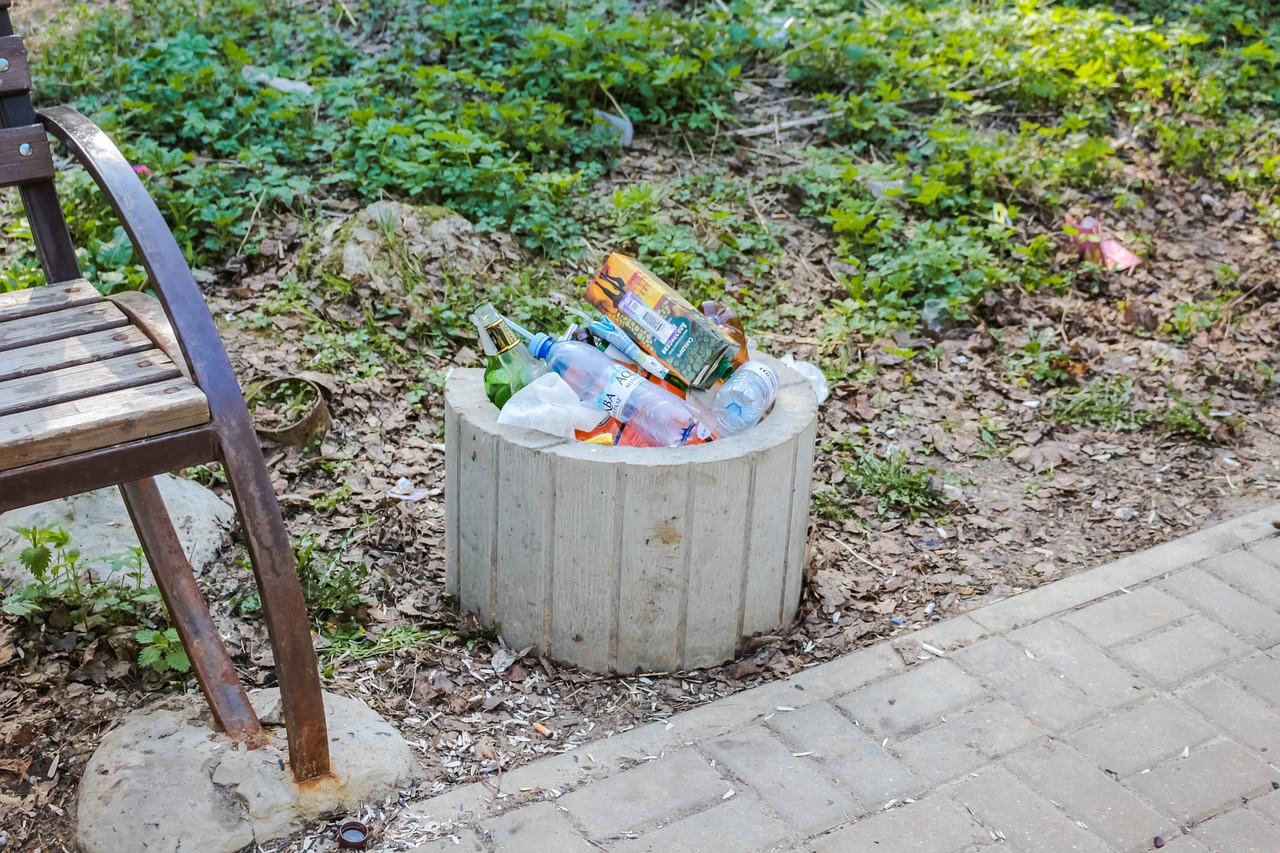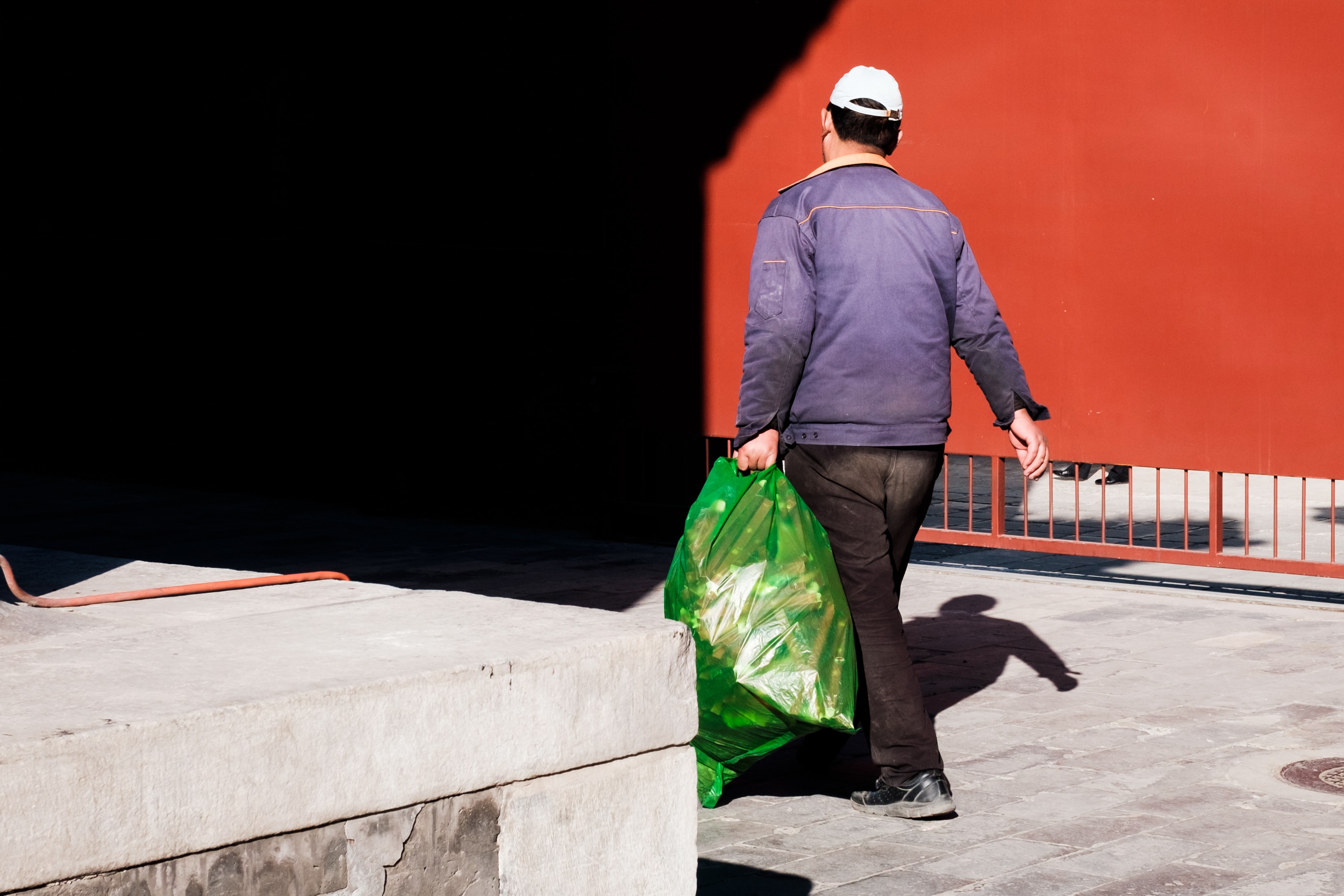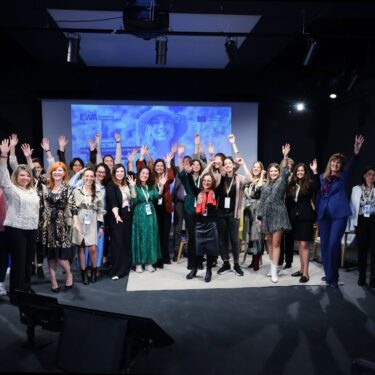Recycling: Overcoming the global production and destruction of plastic
In 2015, 322 million tonnes of plastic were produced worldwide, but only 30 percent of plastic waste in the European Union was ever collected for recycling. The rest was either sent to landfill (31 percent) or incinerated (39 percent). This global production and destruction cycle of plastic emits 400 million tonnes of CO2 into the atmosphere every year.
A renewed focus on recycling across Europe
The potential benefit of increased recycling is significant — from reducing pollutant emissions to boosting the economy — but the EU may not currently have the infrastructure or resources to achieve it. Of the plastic collected for recycling, half is exported outside of the EU for processing. In light of the challenges in current recycling programmes, the European Parliament declares it to be “increasingly urgent to find other solutions,” including new technology, policy, and markets for recycled goods. To accomplish this, governments and initiatives across the continent are embracing novel recycling practices to deal with waste and act sustainably.

The EU Plastics Strategy calls for all plastics on the European market to be recyclable or reusable by 2030 — in fact, after that year, plastics will no longer be accepted in Europe’s landfills at all. As part of the strategy, the EU is looking to boost regulatory and financial incentives for companies that take in recycled materials by revising the EU Packaging and Packaging Waste Directive. The EU also intends to introduce new guidelines for industry on defining and labeling biodegradable plastics — so consumers can better understand what is recyclable and how to sort products correctly.
Recycling begins before Manufacturing
In moving toward a circular economy for plastics, recycling can begin before a product is even manufactured. The European Commission advises that “any design that deliberately makes plastic products impossible to repair should be avoided” and suggests that design regulations may be worth exploring to cut down on disposable or single-use plastic products. Designing plastic packaging products with recyclability in mind can be an economically beneficial practice as well; for example, design improvements alone could cut the cost of recycling plastic packaging in half.
The recycling of other materials, such as aluminium, is also on the rise and represents further potential for innovation. According to the European Aluminium Association, about 74.5 percent of beverage cans were recycled in 2017, up 2.3 percent from 2016. This represents more than 420,000 tonnes of metal returning to the circular economy. The trade group Metal Packaging Europe is striving to reach a 100 percent recycling rate for aluminium, which they believe is achievable because any size, colour, or format of the metal is recyclable, and only a small percentage of it is lost during the recycling process

Recycling rates for aluminium are expected to continue to increase in the coming years as countries across Europe implement new colour-coded bag and bin collection for ‘PMDs’, a class of recyclables that consists of Plastic bottles, Metal packaging and Drink cartons. Incentive programs, such as a cash deposit on bottles and cans that a customer collects when they recycle, are also expected to boost aluminium recycling rates.
Trade within Europe and with nearby nations also poses new opportunities for recycling non-plastic materials, as exemplified by fibre products such as paper. Whereas European recyclers have a surplus of about 8 million tonnes more fibre products than they can process, Turkish paper mills are expected to need to import around 2 to 3 million tonnes of recycled fibers a year to meet demand.
The challenge of electronic waste
However, electronic waste, one of the most complex sources of discarded material, is still a challenge to recycle. For example, the amount of electronic waste generated in the EU is expected to reach 12 million tonnes in 2020. This large scale is further complicated by the fact that the material composition of devices is unpredictable and inconsistent across brands and product models, meaning it is very difficult to streamline electronics recycling. However, several initiatives have been launched over the past few years to investigate, evaluate, and catalyze further research into electronic recycling with funding from the EU’s Horizon 2020 programme. For example, CloseWEEE, developed information-sharing systems to facilitate more sustainable dismantling of electronics like lithium-ion batteries; C-Servees is currently developing a business model for integrating electronics into a circular economic system; and PolyCE, is specifically focused on recovering plastic from discarded electronics.
Recycling for a sustainable future
Despite the sheer amount of waste generated in Europe and the issue of complex manufactured products being designed to be discarded rather than reused, regulatory agencies and innovators across Europe are making progress toward building a circular economy for materials like plastic and metal. Novel recycling practices such as color-coded sorting, incentives for sustainable design and bottle return, and the sharing of waste resources and knowledge across borders are all pushing Europe closer to achieving its goal of a sustainable circular economy.

Industry needs to continue to innovate to deliver recycling solutions, but consumers also play an important role. Choose to seek out and purchase products designed sustainably and not packaged in disposable plastic containers, and when you’re finished, be sure to recycle materials in the correct colored bags or facilities.
Share your expert opinion in our new exclusive group for Food Research & Development experts: https://lnkd.in/gPbemVb
More blog posts


Farming in Europe: the changing landscape of food production








